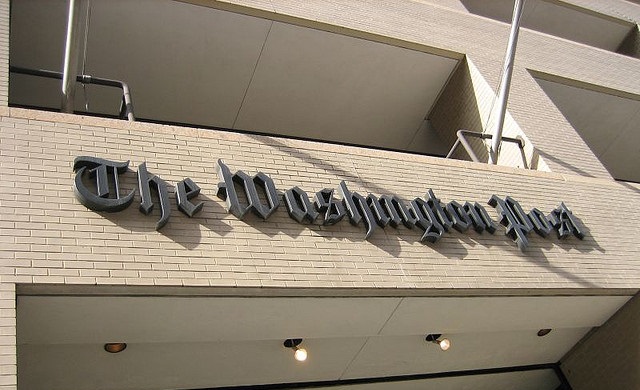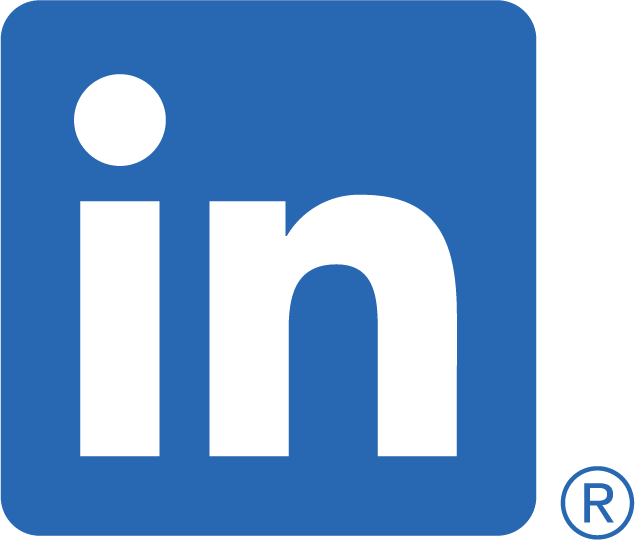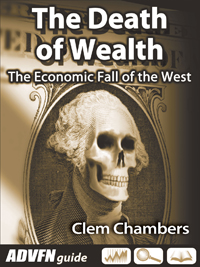Donald Graham: the second key person

Katherine’s son, Donald, a Harvard graduate, Vietnam veteran and former policeman did not join the family firm until he was 26 in 1971, as a lowly reporter. He worked his way up, becoming executive Vice President, then publisher of the newspaper. All the while, his mother retained her positions of chairman of the board and CEO. It was not until 1991 that he was made CEO of the holding company; the chairmanship followed in 1993. Despite his modest persona and gentle managerial style, Don has an excellent business brain with a phenomenal memory.
He greatly admires his friend Warren, and is strongly influenced by his ideas. Buffett is always there for counsel when Don is dealing with key business decisions. The themes of his leadership approach are familiar to us:
•focusing on long term returns to shareholders rather than short term;
•constantly bearing down on costs, cut out the frills (e.g. no company cars and cheap industrial carpets);
•find managers you trust, and delegate;
•grow your own senior people by nurturing them over a long period and promoting them;
•when buying businesses, pay for quality but never over-pay, and expect to hold for the very long term; and
•get the company to buy back its own shares when it has surplus cash and the shares are cheap.
The loss of franchise value
After Berkshire Hathaway had held its shares a decade and half the Washington Post Company reported an amazing net income (after tax) of $269m in 1988. Remember, this is a company that had a market capitalization of only $80m 14 years before. In 1998 net income peaked at $417m.
But even excellent franchises can be destroyed by disruptive new technology. That has certainly happened with thousands of newspapers around the world, under constant attack from the internet and 24-hour TV news alternatives.
The newspaper and magazine publishing parts of the Washington Post Company had been unprofitable for years. At first the decline was slow, but in the twenty-first century newspaper revenue slid and losses were made, despite efforts at cost containment.
In 2010 Newsweek was sold for $1, with the buyer, Sidney Harman taking on its pension and other liabilities.
In 2013 Jeff Bezos, founder………….To read the rest of this article, and more like it, subscribe to my premium newsletter Deep Value Shares – click here http://newsletters.advfn.com/deepvalueshares/subscribe-1


 Hot Features
Hot Features













